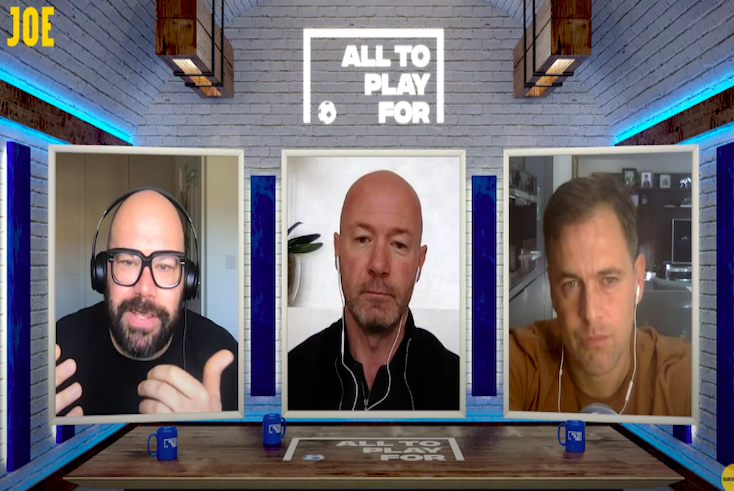Consuming the beautiful game

Football’s future will rely on partnerships between digital and traditional media, says Liam Harrington, group business director, Greencastle Media Group (owner of JOE Media)
After the quietest year in footballing history, the sector is more than making up for it with some of the biggest non-playing stories of recent times.
There’s been everything from the Super League debacle (need I say more), the Glazer protest at Man United, the social media blackout to highlight racism in football, and now the news that the Premier League has rolled over its £4.8 billion TV rights deal with its existing partners – Sky, BT and Amazon – avoiding an auction that could have wiped hundreds of millions of pounds off the value of the next deal.
Football’s biggest TV rights have been keenly sought after and fought over since Sky first won the rights to live games in 1992 in a £304 million five-year deal.
Much has changed since then, not least the broadcaster landscape and the way in which people consume media – and sport – but the fans’ passion for football has never lessened.
The increasing value of media rights and the viability of broadcasters to continue meeting the auction price has hit a crescendo. As a result, an ecosystem has developed which leaves the various parties with very little real control.
Broadcasters, keen to squeeze every last drop of value out of the price tag, are focusing their entire annual strategy around the biggest rights – such as the Premier and Champions Leagues – that they know will drive subscriptions to their channels.
But is this approach, together with the territorial, competitive ownership of the major rights, still the best strategy in 2021?
Late last year, Greencastle Capital announced a major investment from Premier Sports – the UK and Ireland sports broadcaster – in JOE Media, which saw a mutually beneficial exchange of content for a new, highly-engaged audience of sports fans.
As JOE Media Group became the exclusive digital partner to the Premier Sports rights portfolio – including Italy’s Serie A and Spain’s La Liga – so Premier Sports gained access to JOE’s original sports-themed shows such as House of Rugby and All To Play For (pictured).
[advert position=”left”]
Four months into the deal, it is clear that we are catering to a hugely passionate and interested audience of European Football League fans.
In April alone 2.8 million minutes of content were watched across JOE’s social media channels. That’s 2.8 million minutes of accessible content for fans who love the sport but don’t have the time or inclination to watch the full game.
What has been created is something that is far more aligned to the preferences of young football fans: a vastly enhanced combined audience, both online and on television – as subscribers and via a free-to-air channel – driving relevant content for the modern day sports consumer in a way they want to enjoy it.
While he assumed the role of pantomime villain during ‘Super League Gate’, Real Madrid President Florentino Perez was right about one thing – he observed that younger fans are becoming more impatient and don’t want to watch every minute of every game.
That’s an inevitable consequence of the way digital media has changed our consumption habits. But broadcasters and digital publishers need to recognise that and commit to engaging younger sports fans consistently throughout the week, not just around the big matches.
As well as cut-downs of big goals, dramatic tackles, post-match interviews and other key moments, we can deliver the personalities and stories behind each and every clip, bringing increased value to rights holders, broadcasters and their commercial partners.
The big value in football will always lie in live coverage, but by increasing the value of the pot around that, we will help drive love for the sport among the young, digitally-minded fans and in doing so keep it alive for generations to come.



